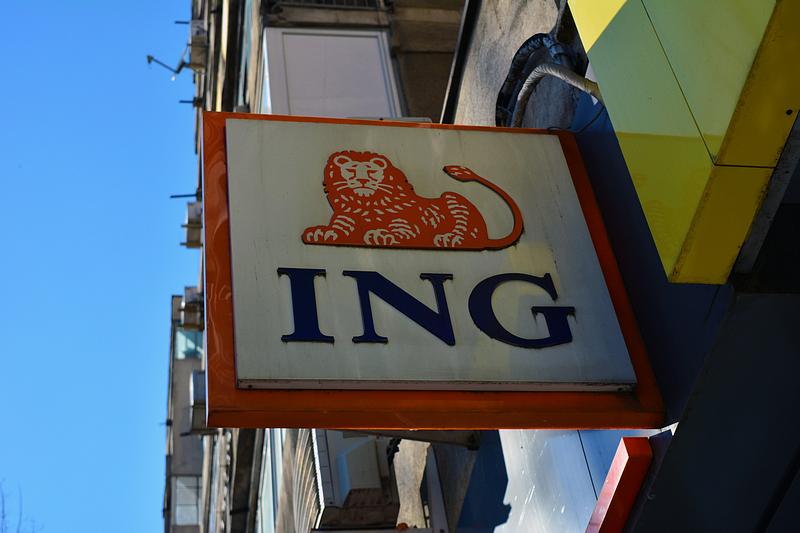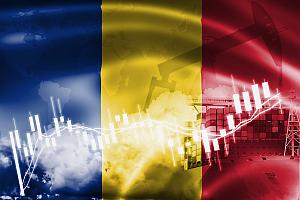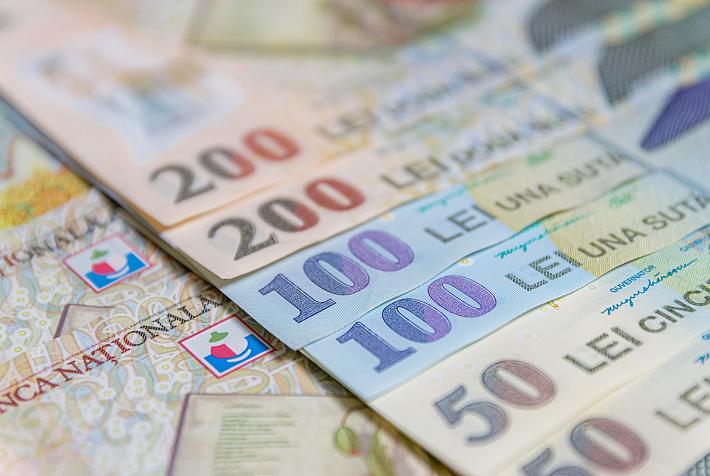ING Romania revises 2021 GDP growth forecast to 6.5%

ING Romania revised downward its forecast for the 2021 GDP growth to 6.5% from 7.5% previously, in response to the "disappointing" Q3 flash estimate released by the statistics office INS on November 16. However, it sees upward risks prompted by possibly strong net public spending in Q4.
"Although the quarterly GDP growth rate of 0.3% is relatively close to our estimate of 0.7%, the downward revision of the data somewhat changes the picture of GDP growth this year. We are revising our estimate of GDP growth for 2021 from 7.5% to 6.5%, and we maintain the estimate for 2022 at 4.5%," Valentin Tătaru, the chief economist of ING Bank, wrote in a report quoted by Ziarul Financiar.
However, the downward revision of the quarterly growth rates was predictable (and partly irrelevant) as the seasonal pattern is changing and significantly deviates from the long-term pattern since it incorporates non-seasonal events such as the lockdown in 2020 and sudden recovery this year.
Despite a reasonably low correlation between the medical situation and economic activity, the depth of the medical crisis "has probably affected consumer sentiment," the ING analyst explains. However, the roots of the slowdown should be looked after on the production side rather than on the demand side (the forecasting body revised the forecast for the sector of services upward to +6.8%) - at least for the time being.
The sectors of constructions, oil refining and constructions have plunged in Q3.
The energy price is a more general key driver for the economic slowdown in Q3, as it ate into companies' profits and forced some of them to slow down operations.
The industry was affected by the combination of declining demand and a lack of components that triggered temporary reductions in production (especially for the automotive sector), a situation that could continue in the fourth quarter, ING explains.
"Given that the construction sector is slowing (or even shrinking), it is difficult to imagine that the outlook for the fourth quarter would improve compared to the third quarter," the ING Romanian chief economist Valentin Tătaru concludes.
He leaves the door open for a positive contribution of the public spending that "is likely to accelerate sharply in the last months of the year, which could also help GDP growth in the fourth quarter."
Despite a possible fiscal push in the last quarter of the year, we believe that the outlook may remain gloomy in the first quarter of the next year until the Recovery and Resilience Plan (the specific projects financed) gains more clarity and the new Government (to be formed soon, hopefully) explains its strategy.
iulian@romania-insider.com
(Photo source: Dreamstime.com)













